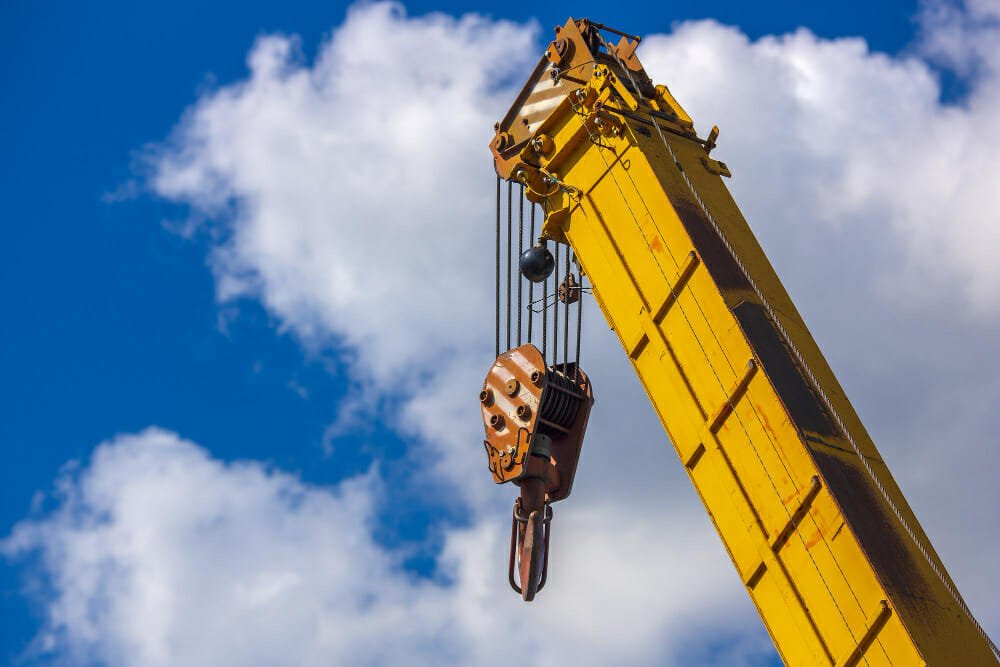Ensuring Crane Stability: Outrigger Setup Considerations
Cranes are indispensable in the construction and heavy lifting industries, but ensuring their stability is paramount for safety and efficiency. One of the key factors in crane stability is the setup of outriggers. In this blog, we’ll explore the importance of outriggers and the considerations that go into their setup to keep crane operations safe and steady.
Understanding Outriggers
Outriggers are the support structures attached to the base of a crane that extend horizontally to provide additional stability. They serve as a crucial counterbalance to the weight and load-bearing capacities of the crane. When properly deployed, outriggers significantly reduce the risk of accidents and ensure that the crane can safely perform its tasks.
Considerations for Outrigger Setup
- Terrain Assessment: Before setting up outriggers, it’s essential to assess the terrain. Uneven or soft ground can compromise stability. Crane operators must identify potential hazards and select the most suitable outrigger setup for the specific location.
- Load Distribution: Proper load distribution is key to crane stability. The load chart provided by the manufacturer should be consulted to determine the crane’s maximum capacity. Outriggers should be positioned to distribute the load evenly across all supports.
- Outrigger Length and Spread: The length and spread of the outriggers depend on the crane’s capacity and the ground conditions. Longer outriggers provide greater stability, but they may not always be practical due to space constraints. Operators should find a balance between stability and available space.
- Ground Preparation: Clear the ground of debris and level it as much as possible. Outriggers should make solid contact with the ground to ensure stability. Mats or cribbing may be necessary on soft or uneven surfaces.
- Weather Conditions: Weather can impact crane stability. Wind is a significant concern, as it can affect the crane’s center of gravity. Crane operators should be aware of wind speed limits and take appropriate precautions when high winds are present.
- Communication: Effective communication between the crane operator and the ground crew is essential. The ground crew should monitor the outrigger setup and be prepared to make adjustments as needed.
- Regular Inspections: Regular maintenance and inspections of outriggers are vital. Any signs of wear or damage should be addressed promptly to ensure optimal performance.
Conclusion
Crane stability is a non-negotiable aspect of safe and efficient construction and lifting operations. Outrigger setup considerations play a pivotal role in achieving this stability. By carefully assessing terrain, load distribution, outrigger length, and other factors, operators can ensure that cranes operate safely and effectively. Prioritizing safety through proper outrigger setup is a crucial step in the success of any lifting operation.


